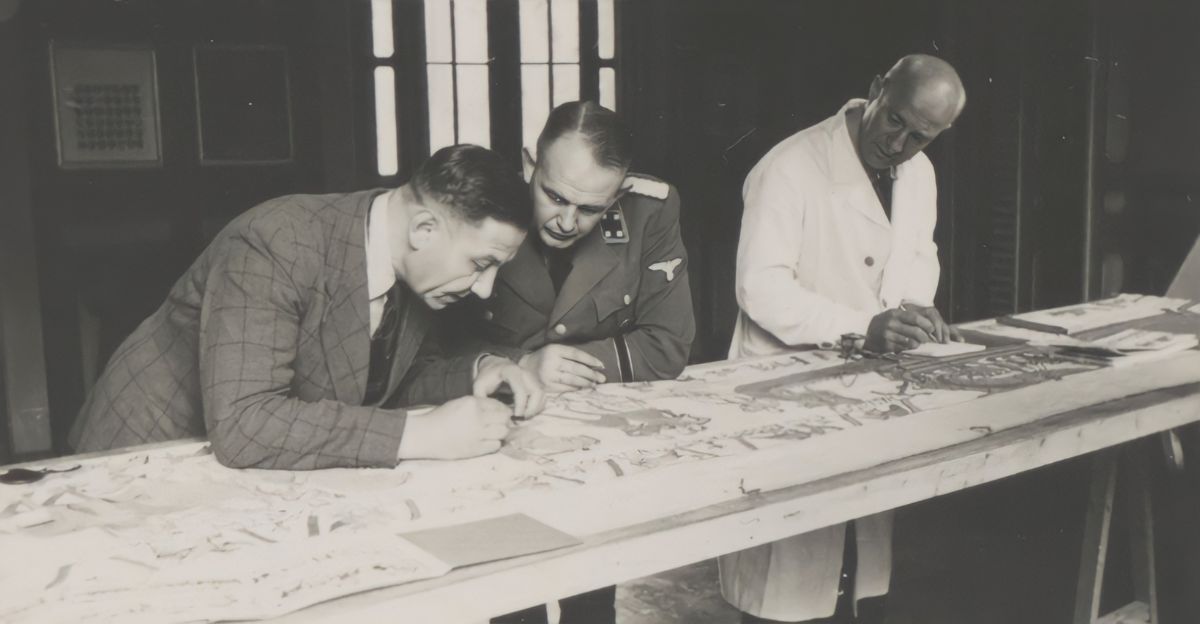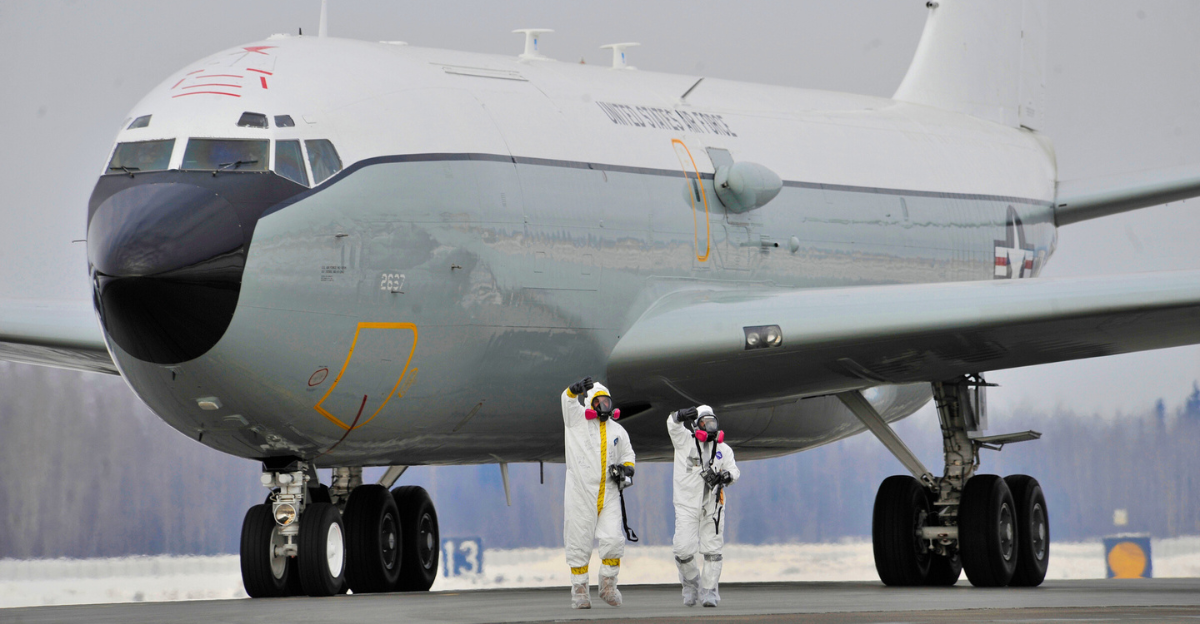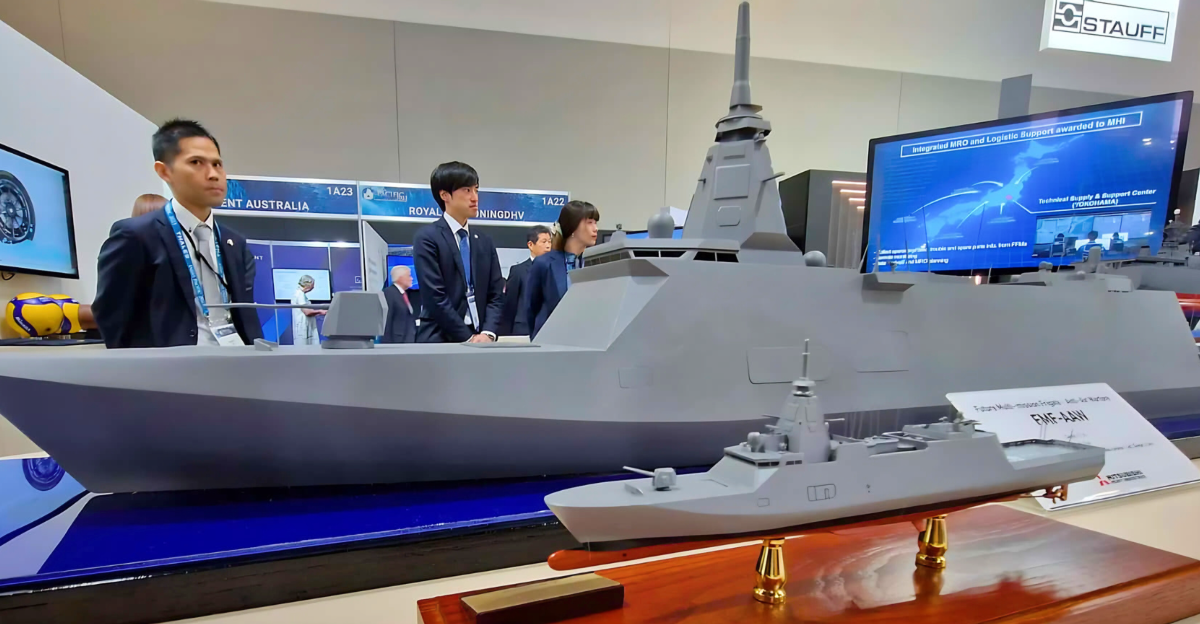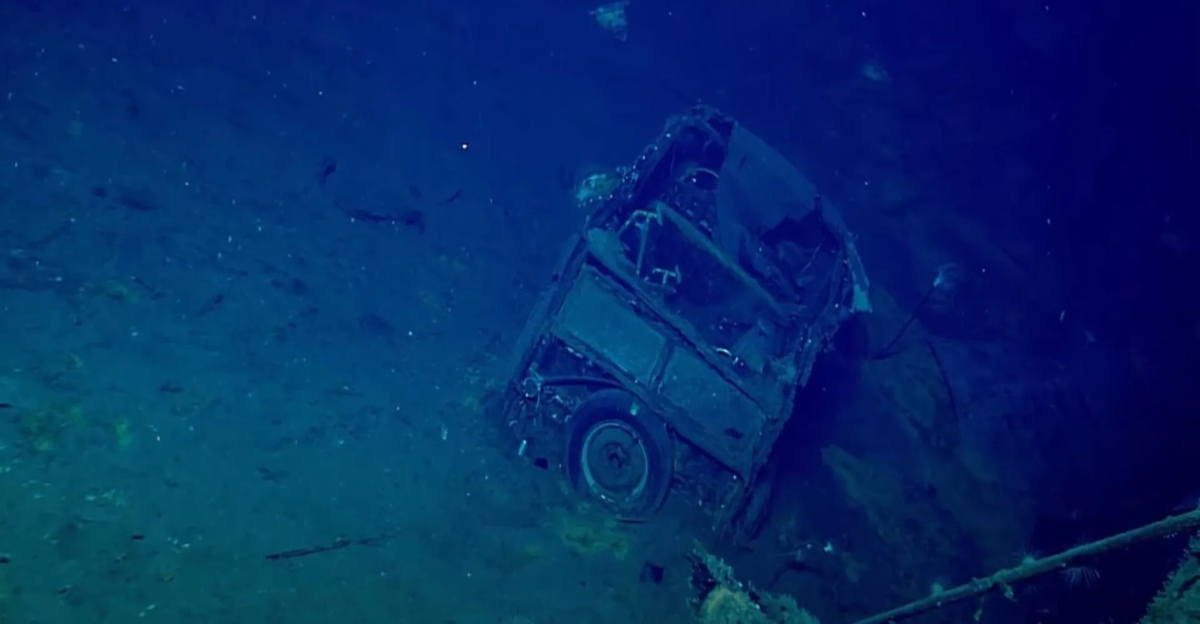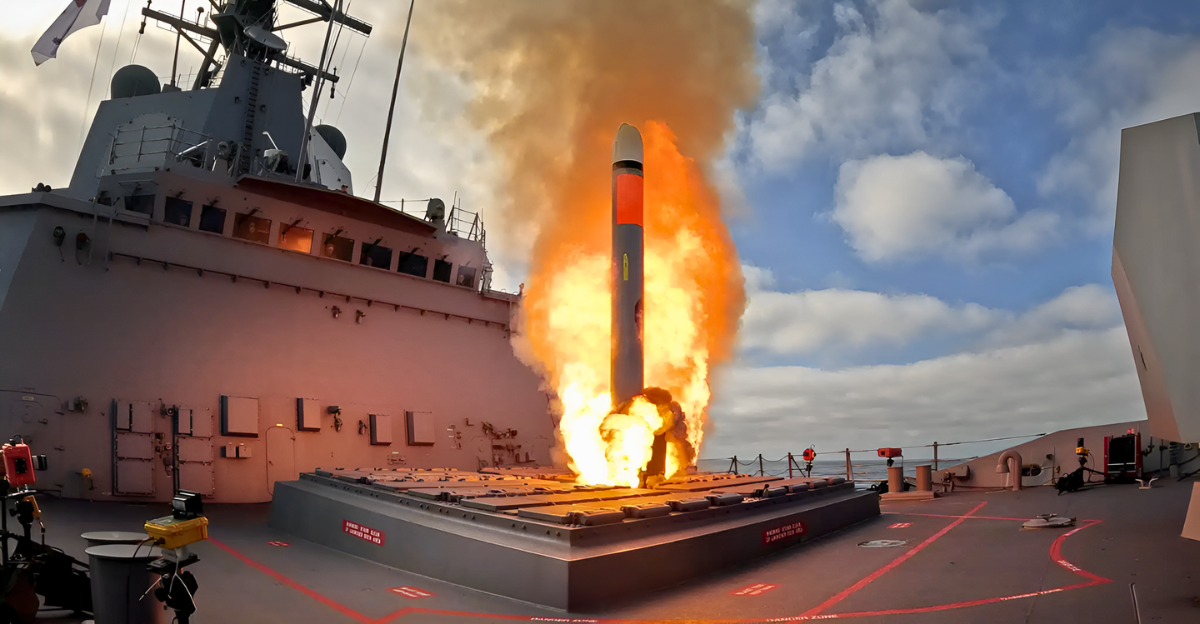
On April 6, 2017, the world watched in utter shock as the US Navy launched 59 Tomahawk missiles from the Mediterranean Sea to target Syria’s Shayrat Airbase.
This was no ordinary military operation; it was a calculated, high-stakes response to a chemical attack which had horrified the world just days earlier. The missile attack was a watershed moment in the new era of modern warfare that rocked governments, markets, and living rooms worldwide.
But the true narrative isn’t just about missiles and targets—it’s about the ripple effects and consequences that followed, restructuring everything from military tactics to online discourse.
The Night the Sky Lit Up—A Strike Felt Around the World
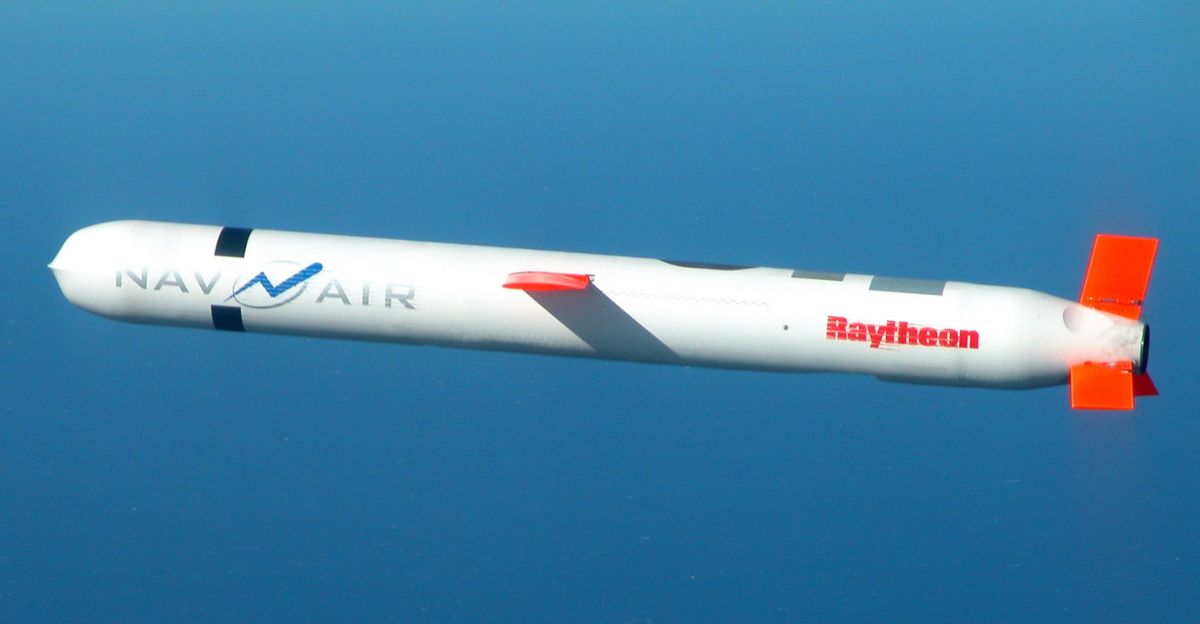
The swift barrage of Tomahawk missiles shattered the darkness over Shayrat Airbase, heralding a new era in US military intervention in Syria.
For many, it was the first time that the US openly struck the Assad regime, shattering years of precedent and igniting dissent from the Pentagon to Reddit comment threads.
With the world in near-constant conflict, this attack stood out for its scale, precision, and the message it sent: the rules had changed.
The Chemical Attack That Caused a Firestorm
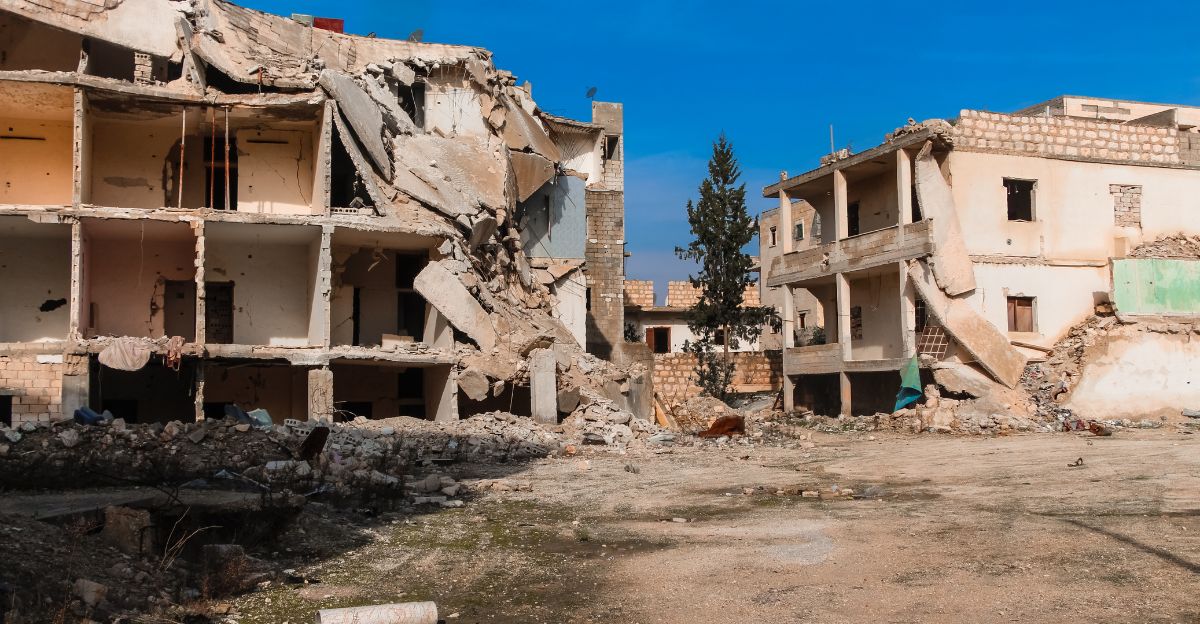
It all started on April 4, 2017, when videos of kids gasping for air in Khan Sheikhoun flooded international media and social media. The US government quickly blamed Assad’s regime citing intelligence and satellite imagery as evidence.
The global public’s outrage was visceral and immediate. Already in a volatile political climate, this chemical attack greased the wheels of military action, with people calling for accountability.
Why Tomahawks and Why So Quickly?
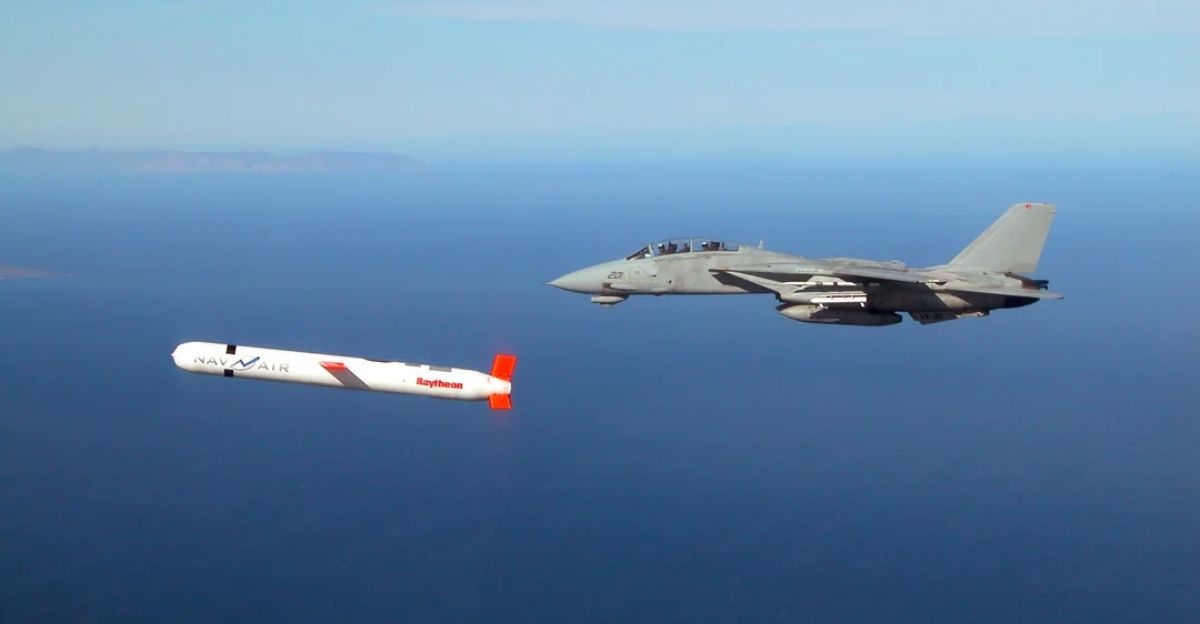
The deployment of Tomahawk missiles was strategic and symbolic. The missiles allowed the US to attack at a distance, putting no personnel at risk while maximizing the strike’s impact.
The Pentagon stated that this action as “proportional”—a show of force intended to dissuade future chemical attacks without escalating the situation into a full-scale war.
The decision was also made based on the lessons learned in past conflicts, where precision and speed were successful responses.
Did the Strike Find Its Target? Quantifying Success Amid a Mist of War
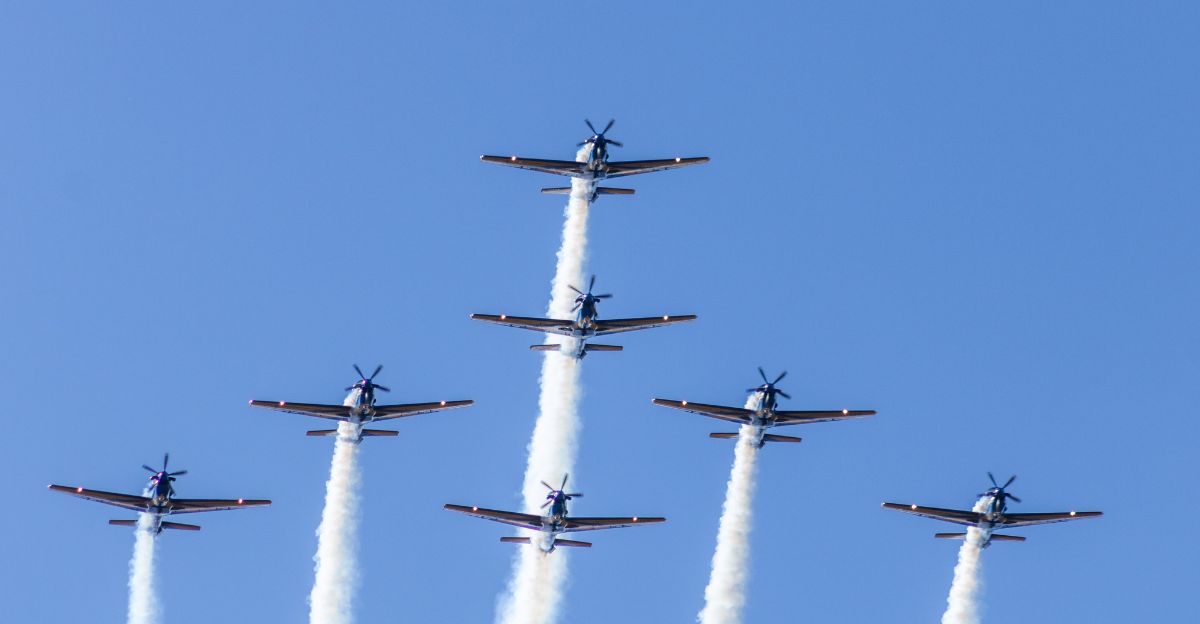
In the immediate hours that followed, US officials claimed that the strike had damaged roughly 20 Syrian planes, fuel storage, and core infrastructure, effectively crippling the base’s functionality.
Hours later, though, Syrian aircrafts were reportedly launching sorties from Shayrat, and conflicting reports filtered in about the extent of the damage.
Whether or not the strike was successful became a controversial subject, with analysts, journalists, and Reddit users dissecting satellite imagery and official statements for any clues in the chaos.
The World Reacts—Diplomacy, Outrage, and Strategic Calculations

Global reaction was swift but polarized. US allies generally supported the action, viewing it as a move to stand against chemical weapons. Russia and Iran, Assad’s staunch backers, condemned the strike as a violation of international law and began fortifying their own military bases.
The United Nations became the argument’s central battleground for competing narratives, while social media platforms like YouTube and TikTok were flooded with personal opinions, memes, and disinformation, illustrating the strike’s viral footprint.
Ripple Effects in Military Technology—The Tomahawk’s Resurgence
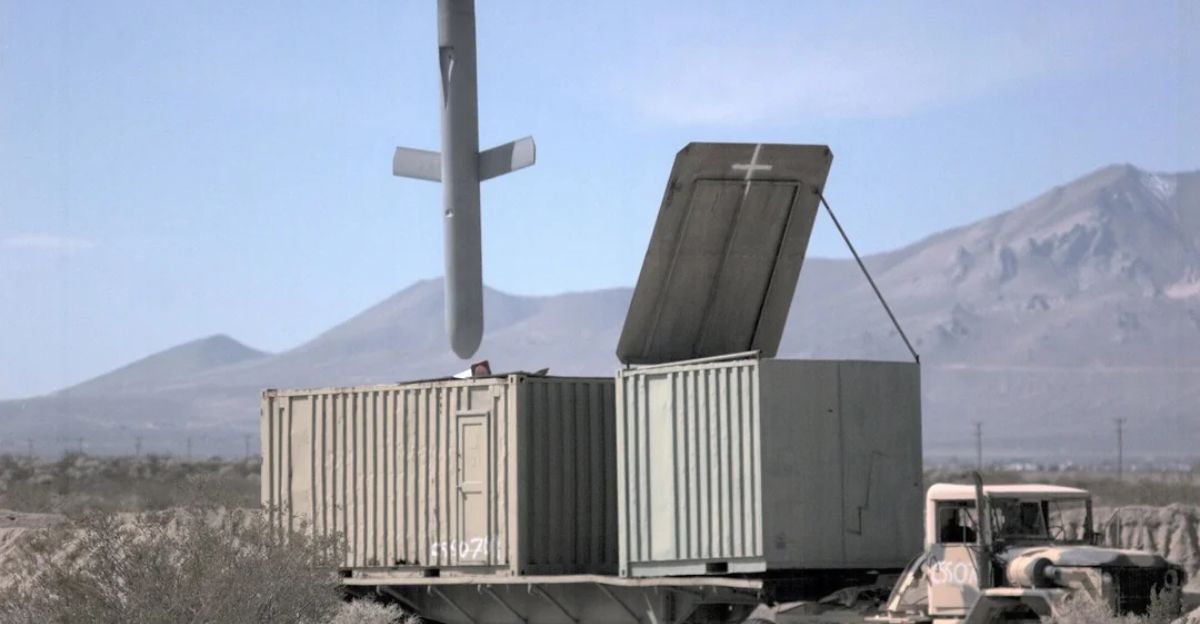
The attack brought the Tomahawk missile into focus once again, highlighting its versatility and precision. Militaries worldwide experienced increased interest from defense experts, who aimed to purchase or neutralize such assets.
The attack saw increased weapons development projects and heated debates about the future of stand-off weapons in conflict. With navies re-calibrating their arsenals, the ripple effects reached defense companies and technology developers as well.
Economic Shockwaves—From Oil Prices to Global Markets

As news of the strike spread, oil prices increased by over 2%, highlighting how vulnerable global markets are to geopolitical shock. Markets scrambled to assess the risk of potential conflict escalation, and firms with interests in the Middle East braced for volatility.
The tourism and travel sectors, however, bore the brunt of this attack immediately, as booking costs and insurance premiums fluctuated due to the perceived danger. The economic consequences of the strike were felt far beyond the conflict’s borders.
Lives Changed on Both Sides of the Divide

Beyond attention-grabbing headlines, the strike had a personal cost. Syrian civilians near Shayrat reported casualties and destruction, while families in the US watched anxiously, fearing that the military strike could signal the start of a greater war.
Personal experiences and raw video footage posted on social media brought the war’s brutal realities sharply into focus, forcing millions to face the true cost of war. As a result, emotional appeals inspired ongoing debates about intervention and responsibility.
Lawmakers and Policy Architects—Debate in the Halls of Power

Surprisingly, the strike brought scorching criticism from lawmakers and policy experts. While supporters hailed it as a long-overdue demonstration of moral leadership, critics questioned its legality and strategic value.
Congressional hearings and think-tank seminars scrutinized every detail, pondering the boundaries of presidential authority and the risks of mission creep.
In the end, the whole event an teachable moment, highlighting the complexities of modern military intervention and the changing nature of international law.
Changing the Playbook for Future Wars
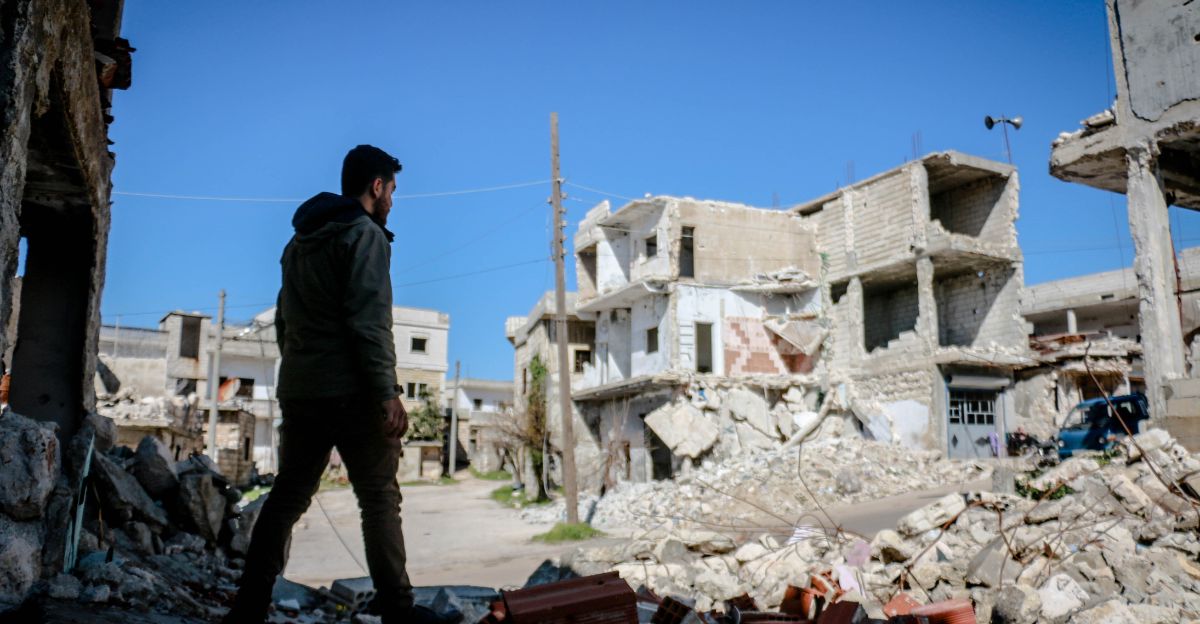
Shayrat strike became the model for future US military action, influencing doctrine from Syria to the Red Sea. It demonstrated the effectiveness of swift, targeted strikes as a deterrent strategy, yet also exposed the limitations of such actions to create significant change.
Today, analysts refer to the moment when discussing recent US and Israeli attacks, commending its tactical successes and noting the enduring ambiguities of limited intervention.
How the Strike Shapes Today’s Political and Military Landscape
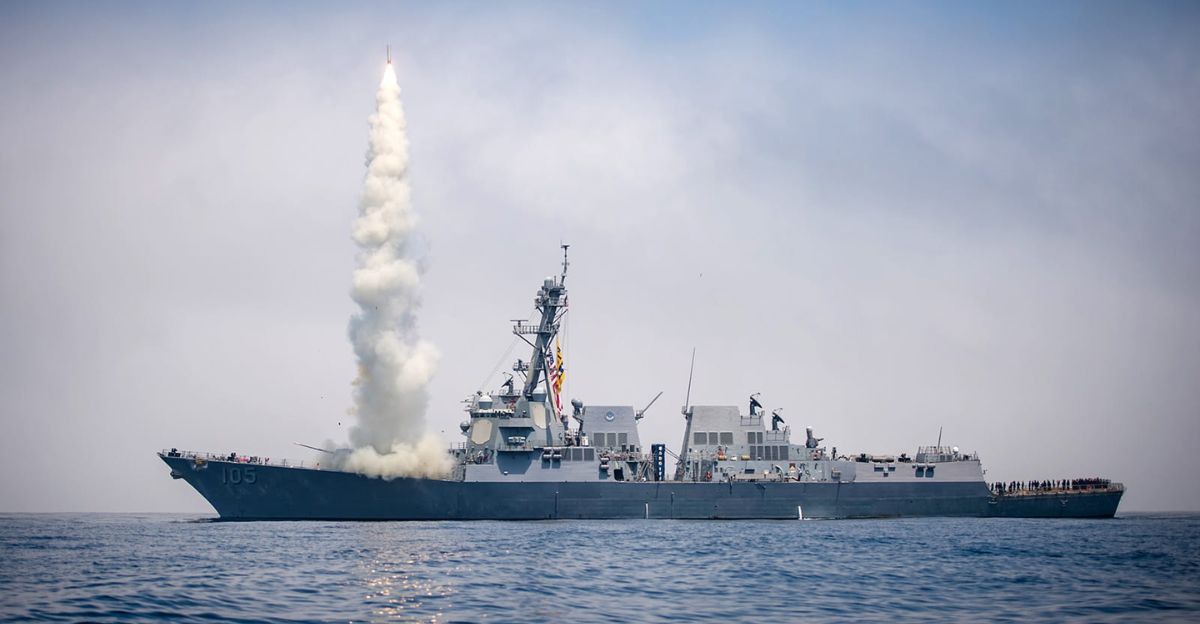
Since then, the legacy of the Tomahawk strike has been felt in military planning and geopolitical scheming. The attack has been brought up when debating the Israel-Iran conflict and other struggles as leaders weigh both the costs and benefits of such strikes.
The ripple effect has extended to alliances, arms control debates, and the global debate about the ethics of far-off warfare.
What This Means for Our Shared Future
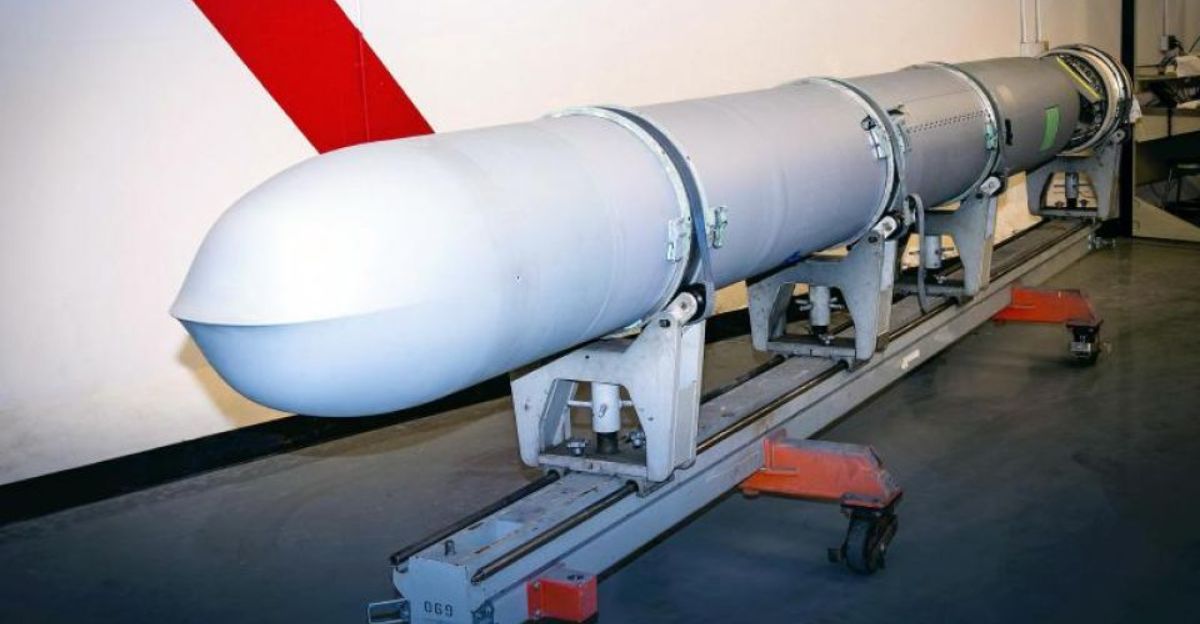
The Tomahawk strike by the US Navy against Syria isn’t just another tale of politics and missiles, it represents something more: a lesson in how one event can have ripple effects across differing cultures and continents.
In an era of rapid and immense change and unpredictability, the effects of that evening are a reminder that actions, regardless of their accuracy, have consequences far greater than the intended target.
Now, the challenge lies in learning from the past, evolving and gaining a better understanding of a world where every decision has global impacts.


